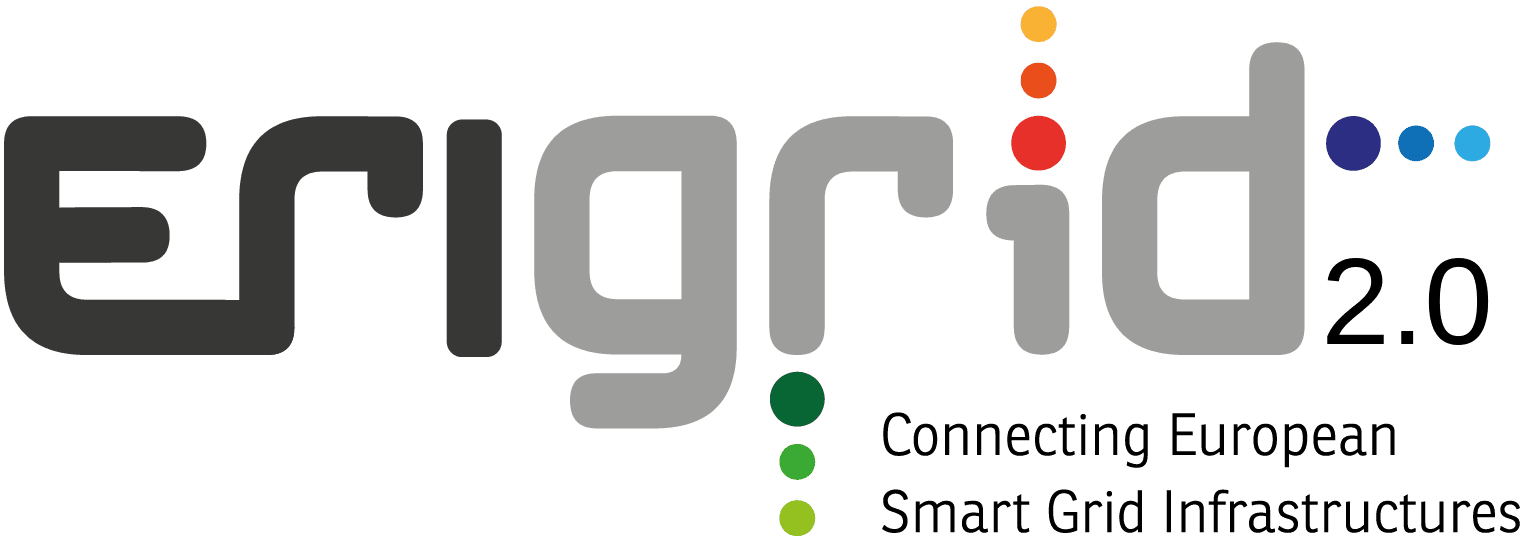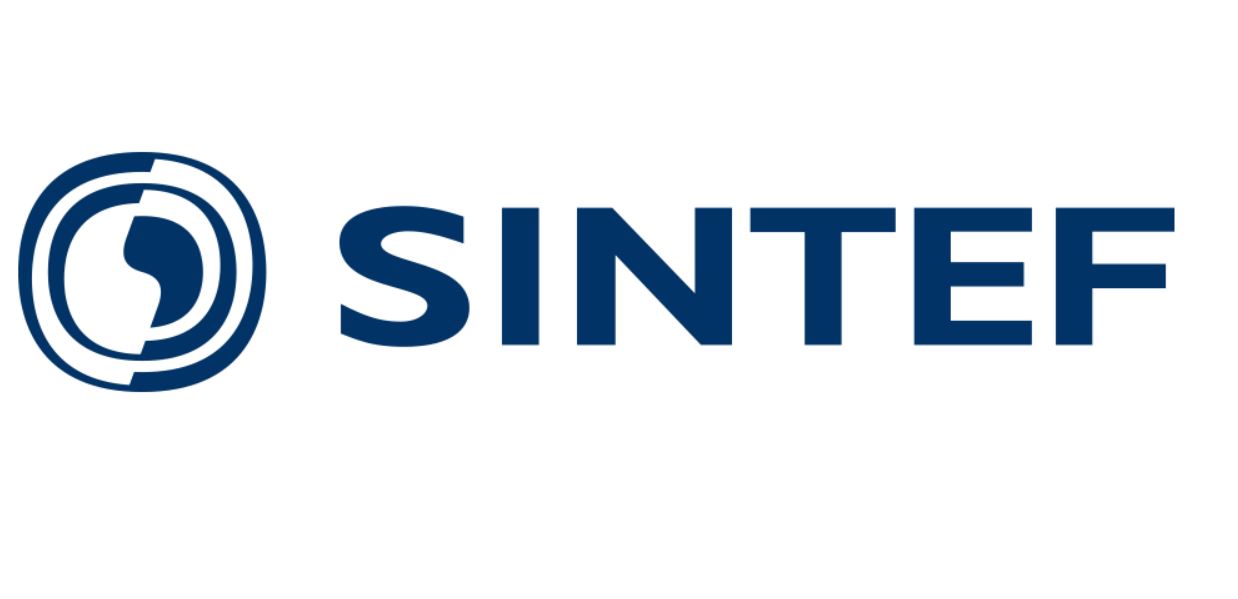
The National Smart Grid Laboratory (NSGL) is located in Trondheim at the campus of the Norwegian University of Science and Technology (NTNU) and jointly operated by SINTEF and NTNU. The laboratory has been recently refurbished and is under upgrade with state of the art solu-tions/technologies. The laboratory mainly consists of three platforms: the smart network testing facility, the smart house demonstration and the distributed energy storage infrastructure.
Location: Trondheim, Norway
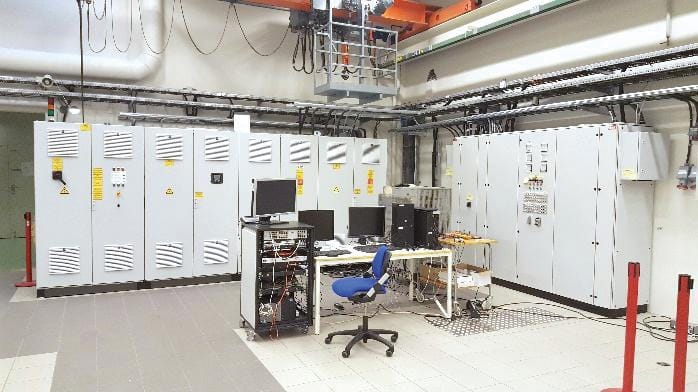
The National Smart Grid Laboratory (NSGL) is located in Trondheim at the campus of the Norwegian University of Science and Technology (NTNU) and jointly operated by SINTEF and NTNU.

The core of the National Smart Grid Laboratory is a facility (250 m2) providing a reconfigurable electrical infrastructure for conducting experiments at low voltage levels (e.g. 400 V AC or 800 V DC) and for power ratings in the range of 100 kW. The electrical layout of the laboratory is shown below with AC bus bars and DC bus bars indicated in black and blue respectively. The bus bars can be interconnected or islanded by operating switches and/or with cable joints.
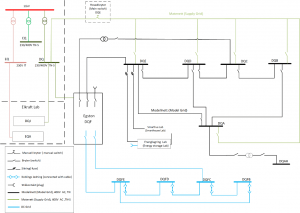
Main features of the laboratory are listed below:
1.1. Grid emulator
A 200 kW COMPISO CSU high-bandwidth power converter from EGSTON Power (https://www.egstonpower.com/portfolio/csu200/). The unit provides 6 independent outputs and is controllable via a fiber optic link from the real time simulator platform.
1.2. Real time simulation
Real time platform based on OPAL-RT (7 cores activated) with fiber optic connection to the grid emulator and the power electronics converters.
Software licenses: · RT-LAB · HYPERSIM · eMEGASIM · ePHASORSIM · eFPGASIM | Communication protocols supported: · C37.118 (Slave & master) · OPC UA Server · Modbus (Master & Slave) · DNP 3 (Master & Slave) · IEC61850 (GOOSE & SV) · IEC 60870-5-104 |
1.3. Power electronics converters
- 4x Two Level three-phase converters (60 kW) with LCL filters for grid connection.
- 3x MMC converters (6 and 18 levels per arm half bridge modules, 12 levels per arm full bridge modules)
- 2x back to back two-level converts (100 kVA) for motor and generator drives.
- 2x 20 kVA two- level converters
1.4. Electrical machines
- 18 kVA synchronous generator with brushless exciter.
- 55 kVA induction generator.
- 100 kVA, 14 pole generator, custom made for machine fault diagnosis experiments.
- 66 kVA 6 pole generator with 45 kW DC drive motor.
1.5. Communication
A communication layer that can be integrated with the real time simulator with support to most common industrial protocols for electrical and energy applications (e.g. IEC60870-5-104, IEC61850, DNP3, C37.118).
Communication routing
- Linux server for SDN applications
- Programmable routers (Planet switch IGS-6325-16P4S, HPE Aruba 3810 switch, Moxa PT-7728)
- Support to communication protocols in the real time simulator
Intelligent Electronic Devices (IED)
- Protection relay: SIEMENS 7SJ85
- Merging Unit: SIEMENS 6MU85
- Merging Unit: SEL 401 MU
RTU
- SICAM CP 8050
- 2 x RTUs SIEMENS 3030C
PMU
- PDC Assistant SEL
- PMU SEL 401
- 2x PMU in the IEDs
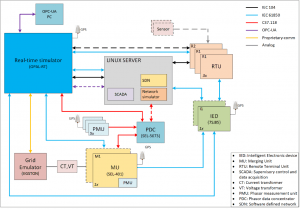
1.6. Additional hardware
- A network equivalent for distribution grids with configurable line impedance and resistance
- 55 and 27 kW water cooled resistive load banks.
- Inductors and low ohmic series resistor banks for use as line models.
- Short circuit emulator, using large antiparallel thyristors as switching elements.
2. Smart house facility
The smart house replicates a domestic environment with real appliances but under controlled conditions. The smart house enables tests, demonstrations and verifications of various smart home technologies and solutions to build knowledge, develop new solutions and integrate new technologies. The smart house is located in the first floor of the NTNU building with setup of single bedroom apartment.
The apartment is mainly supplied with a 230/400V TN-S system while separate 230 IT system is also laid out with multiple outlets for possible connection of certain appliances. Smart meters (3-phase) are also setup for each system. Lighting control and monitoring system as well as electrical safety and fire monitoring systems are installed. The kitchen, bathroom, the living room, bedroom, and the hallway are filled with state-of-the-art electric appliances. Some of the main appliances include: hot water tank, instant water heater, induction cooker, washing machine, dishwasher, dryer, refrigerator, TV and others. The heating is supplied by air-to-air heat pump and 20kW PV system on the roof is also connected to the smart house.
Connection is setup between the connection box of the smart house and energy storage laboratory as well as the National Smart Grid Laboratory. This enables realizations of some use cases such as emulation of customer with long line connection, loads with peculiar profiles and emulation of loads with large proportion of over harmonic current.
3. The Energy Storage Laboratory:
The energy storage laboratory is located on the same floor with the smart grid laboratory but in a separate room. There is both AC and DC cable connection setup with the smart grid lab together with fiber optic communication. The lab is also connected with the smart house with AC cable and fiber optic communication.
The energy storage laboratory contains equipment such as: battery module tester (battery emulator), climate chamber, two PV-emulators, inverter for PV and battery, lead acid battery with integrated converter to AC/DC and Li-ion battery.
Battery tester
- 32 independent channels, each 200V/30A/2.5kW
- Paralleling gives up to 200V/960A/80kW
- Logging and storage of measurements (10ms)
Lead-acid batteries with integrated converter
- 8x Lead-acid batteries from EnerSys (SBS 190F)
- 12V / 190Ah / 2.28kWh each
- 48V / 380 Ah / 18.24 kWh total
- Three phase converter with 3x2kW single phase inverters
LI-Ion Energy storage
- 10x Li-Ion modules mounted in a rack
- 400 – 480V DC, 25 kWh
- Battery Management System
PV emulators
- Output voltage: 0 – 600V DC
- Output current: 0 – 17A / 0 – 25A
- Maximum power: 10kW / 15kW
PV inverter
- 5 kVA, 230V/400V 3-phase inverter
- PV input: 150 -1000V DC 16A
- Battery connection: 120 – 480V DC 16A
- Build-in maximum power point tracking (for solar)
Climate chamber
- Useful capacity: 553 liters
- Maximum weight of test object : 100 kg
- Temperature range: 40…+180 (°C)
- Humidity range (T=-3/+94°C): ..98 (%)
- Maximum thermal Load (T=+25°C) : 4500 (W)
The laboratory is versatile with most components on wheels and can be reconfigured as wished. In addition, the connections established among the NSGL, the smart house and the energy storage laboratory enables wide range of testing activities. Some of the services offered by the SINTEF NSGL include:
- Characterization testing of components such as converters, voltage boosters etc.
- Controller development, fine tuning, and validation
- Testing of smart grid algorithms and architectures
- Energy storage system validation and integration testing
- DER integration standards conformance testing
- Testing of islanded and interconnected operation of microgrids/minigrids
- Evaluation of cyber-physical systems for resilience towards misuses and conformance with network operation standards
- Characterization of integration charging infrastructure in distribution systems for electric transport system
- Testing of transmission systems including FACTS devices and HVDC converters and associated technologies
- Characterization of dependencies of power grid and ICT system and impacts on reliability.
- Testing of novel functionalities with the smart meter infrastructure.
- Power quality measurements and analysis for conformity with standards.
- High fidelity and accuracy testing, such as Power-Hardware-in-the-Loop tests.
- Validation testing of services offered by flexibility resources.
- Grid impact studies of activation of flexibility resources and home automation systems
- Testing of Wide Area Monitoring Systems and PMUs
SINTEF Energy Research is a not-for-profit research institute, part of the larger SINTEF group, and participates in national and transnational projects dealing with research related to energy systems. This involves e.g. market studies, energy system modelling and simulation as well as the small and large-scale integration of renewable energy systems into the grid. The department is also responsible for research and development of several market simulation and hydrothermal scheduling models that are used by almost all of the Scandinavian market players, TSOs and the Norwegian regulator. Research groups within SINTEF Energy has a long experience with power quality and reliability measurement and management, end-user characterisation, and active use of new communication technology and innovative market solutions. Designing and prototyping of power electronics-based technologies.
SINTEF Energy Research is developing solutions and systems in the fields of power production, conversion, transmission and distribution, and the efficient end use of energy. A substantial part of the institutes R&D and demo activities are within the electrical power engineering domain. By January 2020, SINTEF Energy Research had a staff of approx. 255 persons. In cooperation with Norwegian University of Science and Technology (NTNU), we have 12000 m2 of modern laboratories available for research, development and education. SINTEF Energy participates in a large number of national and EU projects and coordinates several of them. In addition, we actively participate in a number of the EU’s technology platforms, which design the strategies related to our various disciplinary areas.
The main tasks of SINTEF Energy Research within ERIGrid 2.0 includes holistic system integration, implementation and demonstration of use cases/scenarios. Also, provisioning of the National Smart Grid Laboratory for Transnational Access (TA).
For safety reasons, for critical applications, the users are not expected to operate the systems by themselves; even when safety instructions will be provided, tests will be carried out by staff of SINTEF. Users are required to take short online courses on health, safety and environment in the laboratories and a first aid in connection with electrical accidents. The courses are followed by practical training in the laboratory. For the rest of applications and after ad-hoc training, the user group will have full access to the related facilities for the duration of the stay (with the support of SINTEF’s researchers and laboratory technicians when necessary). The scheduling of the experiments will be agreed and booked prior to the stay according to the availability of the involved staff and equipment. Administrative documentation for the access (contract, non-disclosure agreement, etc.) will comply with ERIGrid common indications.
In addition to the general corporate services (internet connection, canteen, etc.) and the support and advice on accommodation and transportation to SINTEF’s infrastructure, the access being offered includes supervision and help of SINTEF’s staff:
- As a complement to the pre-access contacts between the user group and SINTEF, the stay will start with an introductory meeting with experienced researcher for confirming the stay conditions (confidentiality, safety indications), scheduling the activities, explaining the on-site procedures, clarifying the logistics and technical details.
- Preparatory work: a laboratory technician will assist the users for the installation of the devices, electrical connections, use of the specific instrumentation, preparation of a test procedure (if necessary) based on the users requests, and programming of the experimental conditions.
- The guest researcher will be placed within the building of SINTEF Energy Research and gets access to the lab facilities.
- SINTEF’s researchers will support the realisation and follow-up of the experiments.
- SINTEF’s researchers will support the results interpretation, data processing and analysis, and test report preparation
In principle, a typical stay of 1 month is foreseen for a single user group but this period could be extended depending on the concrete user project. The user group (usually 2 persons) can use the infrastructure for the defined time.
Reimbursement of expenses:
User expenses for the Lab Access are paid by ERIGrid (EU H2020 Programme). This includes travels to NSGL (SINTEF Energy Research) by plane, accommodation, daily subsistence, and daily transportation during the stay.
For the user projects taking place in NSGL, SINTEF will refund the stay expenses when the stay is finished (or on agreed periods): the user must declare the incurred expenses and present the invoices/receipts to SINTEF in order to get the refund.
Logical expenses must be made by the user: travels will be made in economy class and conventional hotels (not luxury) or equivalent accommodation will be used.
Remote lab access might be possible but needs to be discussed with the hosting organization.
Do you have questions left? Feel free to contact us below.
If your enquiry contains strictly confidential information, please leave your contact details below and the lab host will contact you personally.




